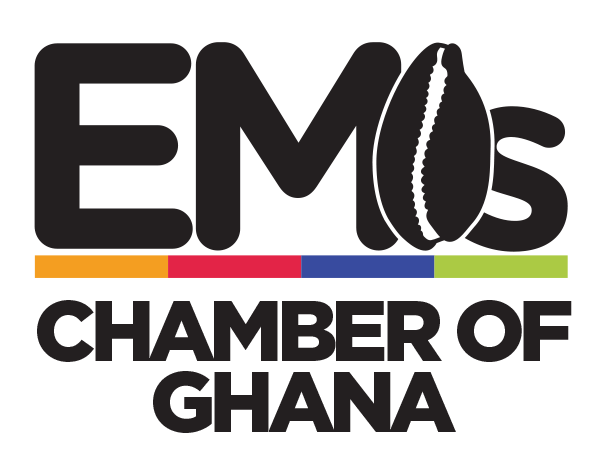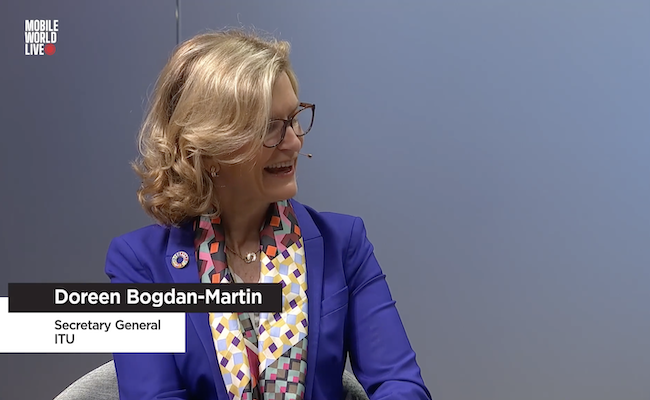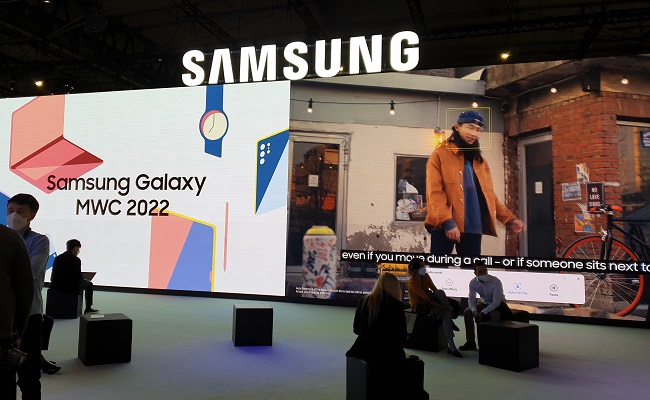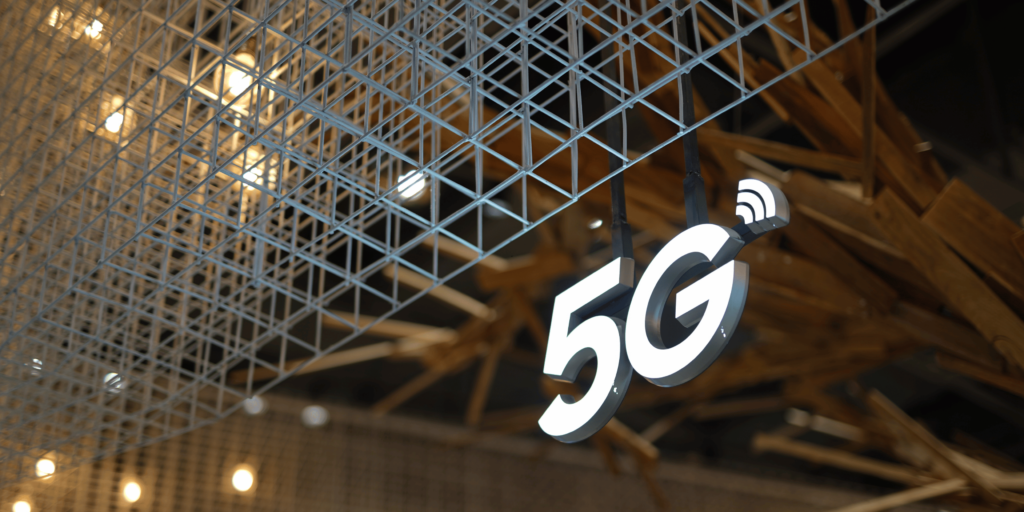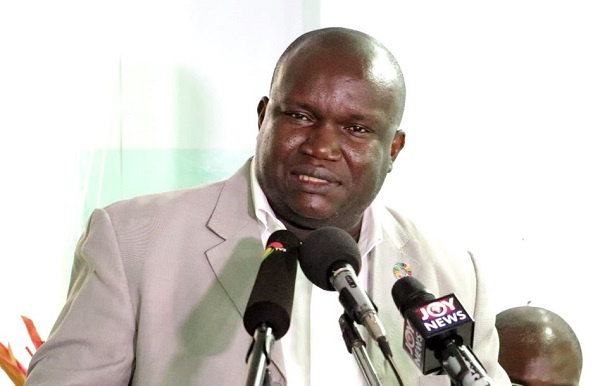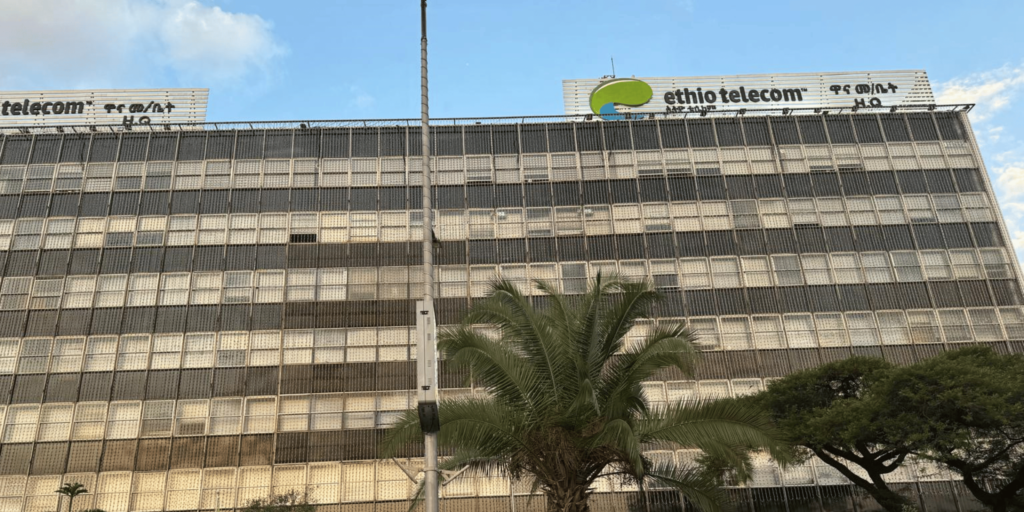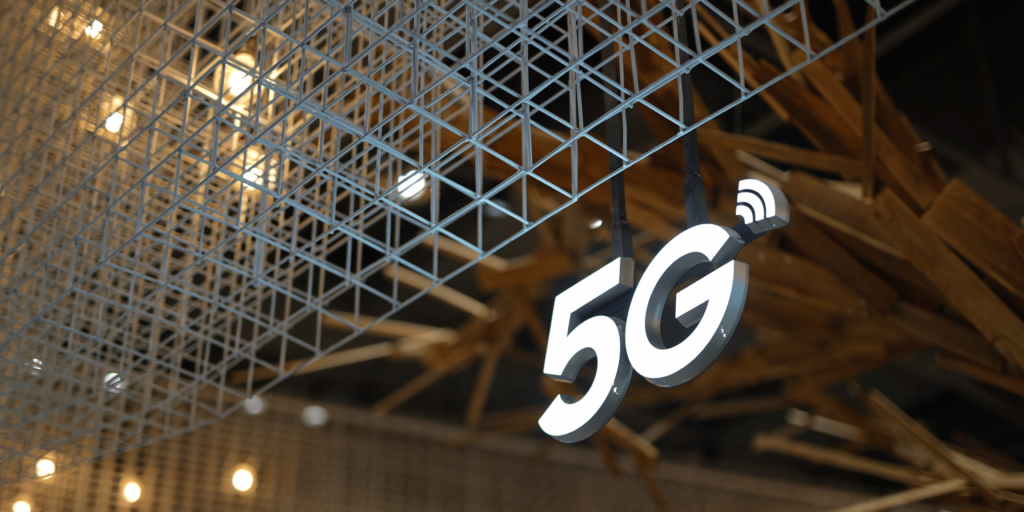ITU Secretary-General Doreen Bogdan-Martin highlighted the importance of global connectivity, AI governance, and sustainability, emphasizing the need for industry-wide collaboration to tackle pressing digital challenges.
Speaking to Mobile World Live, Bogdan-Martin acknowledged the growing complexity of discussions around connectivity but remained optimistic about progress. “Everyone, whether it’s industry or government, believes in the power of connectivity. So, we’re focused on that goal to connect the unconnected,” she stated.
However, she noted that bridging the digital divide remains a major challenge, with 2.6 billion people remaining in “digital darkness.” The ITU estimates that bridging this connectivity gap will likely require about $1.6 trillion in investment, with a focus on building infrastructure, ensuring affordability, and creating digital skills.
In addition, Bogdan-Martin highlighted AI’s role in climate action, emphasizing that while AI is an “energy-hungry and water-thirsty” technology, it can also help reduce greenhouse gas emissions when implemented effectively. She pointed to the ITU’s efforts in advancing green digital standards and initiatives like the Green Digital Action Coalition launched at COP29, which attracted around 1,000 signatories.
Addressing the digital gender gap, the ITU chief noted that fewer women work in the digital and AI sectors. “We’re pushing to get girls excited about careers in the STEM field,” she said, stressing the need to ensure access to economic opportunities through digital inclusion.
Bogdan-Martin urged a range of stakeholders, including governments, telecom operators, satellite providers, and academic actors, to take collective action, stating that digital access is critical to economic growth and resilience. She pointed to the ITU’s Partner2Connect initiative, which secured $73 billion in commitments towards bridging the connectivity gap and aims to hit $100 billion by next year.
Ultimately, despite the challenges, she stated, “I am optimistic, because we see commitments being made.”
Source: Mobile World Live
